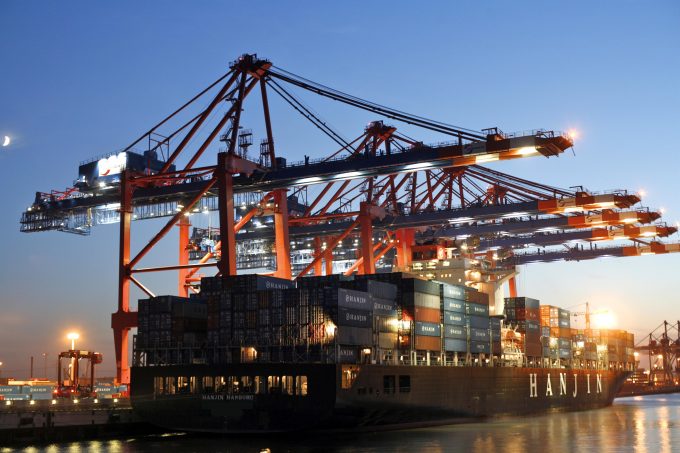New warning to shipping as Houthis confirm missing Eternity C crew are safe
Just months after what appeared to be a gradual de-escalation of threats to shipping in ...

Five mergers and acquisitions and one bankruptcy is the final toll of a truly tumultuous year for liner shipping.
They put in the shade other notable events, such as the opening of the enlarged Panama Canal in June, mandatory weighing of all loaded containers (VGM) from 1 July and the ...


Comment on this article